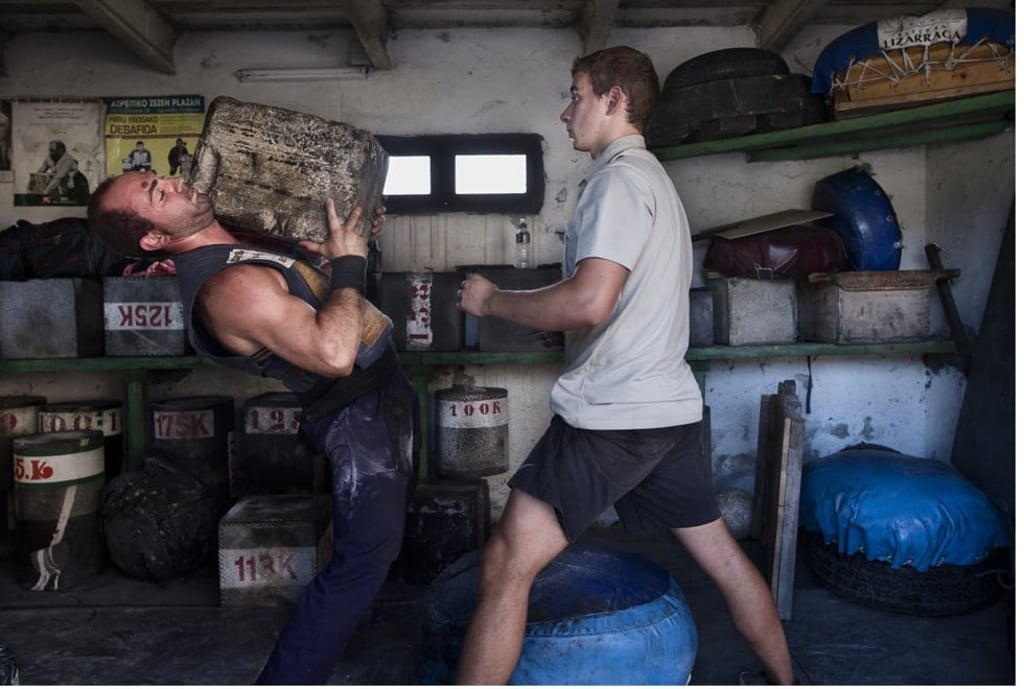Weighty pursuits at the ‘Basque Olympics’, where stone lifters, wood choppers and cart spinners vie for honours
The Basques of old turned their rural chores into 18 sports, which are taken very seriously in northern Spain, where boys as young as four wield axes and, these days, girls do their share of heavy lifting too

Inhar Urruzuno leads a double life. Or, rather, two parallel lives. During the day he earns a living in what, as a humble man, he calls a “taller”, the Spanish term for “mechanical workshop”.
“We make parts for Airbus aeroplanes and for missiles,” he explains. His is one of the many advanced manufacturing plants that make the Basque Country, in northern Spain, one of Western Europe’s top hi-tech centres.
But when his day’s work is done, he drives into the mountains, along a narrow, winding road, to the outskirts of the small town of Mallabia, and Jose Antonio Gisasola’s house. Here, overlooking lush green valleys and factories, he changes out of his clothes and becomes a harrijasotzaile, a “stone lifter” in Basque, one of the oldest living languages.
“I just compete with the small stones,” he says, dressed in a rudimentary protection vest.
Each of the stones he lifts repeatedly from the floor to his shoulder weighs about 150kg. The bigger ones can weigh more than 300kg. Harrijasotzailes must lift their stones as many times as they can in two minutes. Last year, Urruzuno won the harrijasotzaile event at the Euskal Txapela championships, which took place in San Sebastian, with a staggering 37 lifts.
